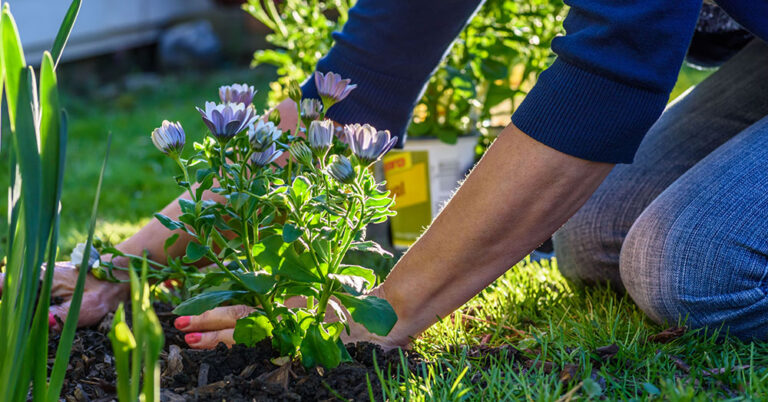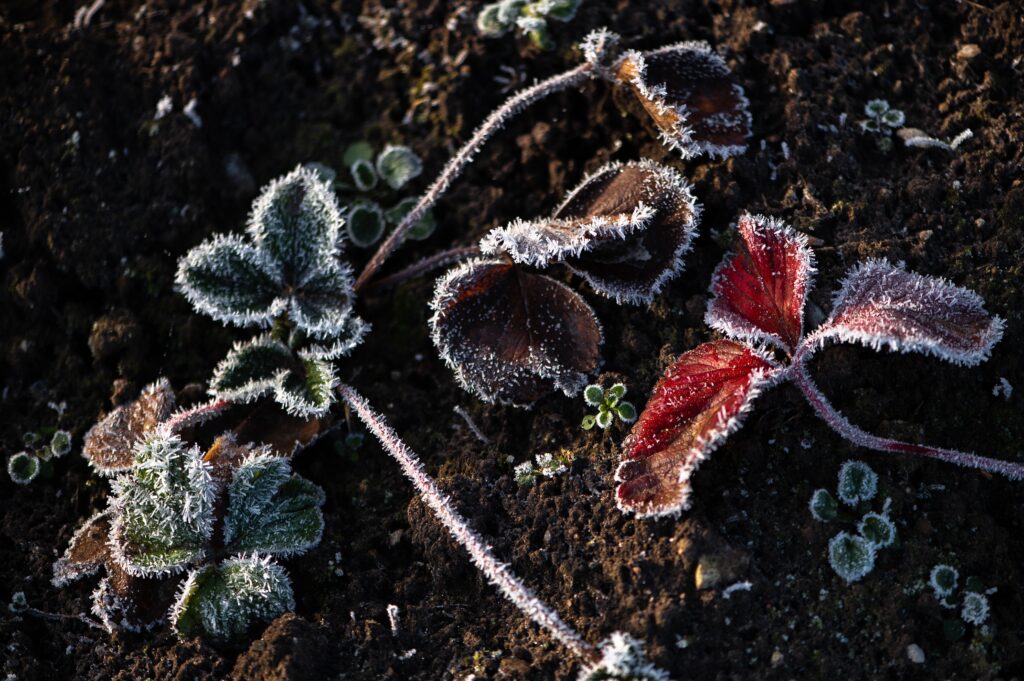Table of Contents
As the vibrant colors of autumn foliage begin to fade, it’s time to shift our focus from the beauty of fall to the practicality of preparing our gardens for the winter ahead. Proper fall cleanup is essential to ensure a healthy and thriving garden when spring returns. In this blog, we will provide you with valuable tips and guidelines for getting your garden ready for winter, ensuring it remains resilient, pest-free, and bursting with life when the warmer months roll around.
1) Remove Debris and Dead Plants
One of the first tasks in preparing your garden for winter is to clear out debris and remove dead plants. Fallen leaves, twigs, and spent annuals can provide hiding spots for pests and diseases. Additionally, decaying plant material can become a breeding ground for harmful organisms. By cleaning up this mess, you’ll reduce the likelihood of future problems and make spring gardening much easier.
2) Prune and Trim
Fall is an ideal time to prune and trim your trees, shrubs, and perennial plants. Pruning helps maintain the shape of your plants, encourages healthy growth, and reduces the risk of branches breaking under the weight of snow and ice. Remember to remove any dead or diseased branches, as these can harbor infections that may spread to the rest of the plant. Be sure to research the specific requirements of each plant, as not all should be pruned in the fall.
3) Divide and Transplant
If your garden is overgrown or you want to move certain plants to a different location, fall is a great time to divide and transplant perennials. The cooler temperatures and moist soil make it less stressful for plants to adjust to their new homes. Be sure to water thoroughly after transplanting and add mulch to protect the roots from winter’s chill. This helps maintain the health and vitality of your garden while giving you the opportunity to expand or redesign your garden layout.

4) Mulch and Compost
Mulching your garden beds is a crucial step in winter preparation. A layer of mulch helps insulate the soil, regulate temperature, and reduce weed growth. Shredded leaves, straw, or compost make excellent mulch options. Additionally, use this time to build or replenish your compost pile with fallen leaves, garden trimmings, and kitchen scraps.
5) Protect Sensitive Plants
For plants that are borderline hardly in your region, it’s essential to provide them with extra protection during the winter. Wrapping them in burlap or covering them with frost blankets can shield them from harsh wind and temperature fluctuations. Mulch around the base of the plants to help maintain soil warmth and prevent root damage.

6) Clean and Maintain Garden Tools
Don’t forget about your gardening tools. Clean and oil your tools to prevent rust and ensure they’re ready for use in the spring. Sharpen blades for a cleaner cut and more efficient gardening.
7) Inspect Garden Structures
Check the integrity of your garden structures, such as trellises, fences, and raised beds. Repair any damage now to ensure they’re ready to support your garden next year. Replacing or reinforcing weak or damaged structures can prevent costly issues down the line.

8) Plan for Spring
While you’re winding down for the winter, take some time to plan for the spring. Consider what new plants you’d like to introduce, any changes you want to make in your garden design, and which crops you’d like to grow. Planning ahead ensure you’re well prepared for the upcoming growing season.
Proper fall cleanup and preparation are essential for maintaining a healthy and vibrant garden. By following these tips you can ensure that your garden remains resilient throughout the winter and is ready to burst into full bloom when spring arrives. So, roll up your sleeves, grab your garden gloves, and get started on preparing your garden for the upcoming winter season. By taking the time now, your hard work now will be rewarded with a beautiful and flourishing garden in the months to come.



